
Dating with electrodes struck to your skin
Four thousand visitors immersed themselves in art and science during Leiden's Night of Art and Science on 17 September. They could choose from dozens of lectures, experiments, interactive events and a lot of art.
The inspiring effect of art
In the Leiden Schouwburg, Dutch presenter Art Rooijakkers interviewed actor and poet Ramsey Nasr and Ionica Smeets, Professor of Science Communication, about what inspires them. Nasr: 'Scientists should use art as a form of nourishment because that's where the best ideas originate.' And 'Fundamental research should take place in ivory towers and be left in peace, because in twenty years' time it may bear fruit - and that may well be something quite different from money.'
He compared science with art: 'Go and study Greek and Latin; they're just as useless as art, but they're also just as important. They broaden our world and help put it in perspective. They are the ultimate remedy against 'the truth' and against thinking solely in terms of immediate profit. Soft subjects offer shades of meaning and emotion, something you're unlikely to get from more factual subjects.'
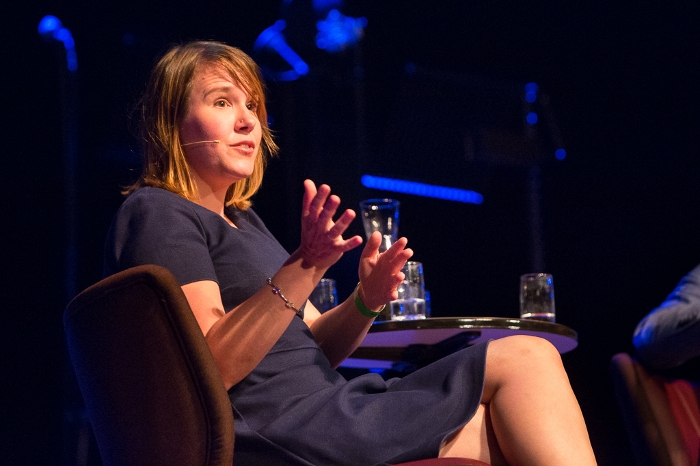
Not everyone can tell a good story
Mathematician Ionica Smeets combines her love of numbers with her love of telling a good story. She believes it's important for scientists not only to show facts and figures, but also to make sure they get their message across. When asked whether all science can be told in story form, her honest reply was: 'Yes, but not everyone can do it!'
More debate on security
Just before midnight Maartje van der Woude, Professor of Sociology of Law, talked to a lecture hall full of visitors about the balance between security and legal protection. She examined the work of the military police at the Dutch border and called for a better debate on security and on the legitimacy of the law.
Drawing with bacteria
Visitors to the National Museum of Antiquities (RMO) were able to discover that bacteria are not frightening. Students taking part in iGEM, an international competition where contestants make things using bacteria, were able to show the audience their work. They introduced a feature into a bacterium that allows it to break down a toxic substance in the soil on Mars, which will be very useful if people ever decide to grow vegetables on the planet. The students had chosen the specific bacteria for their bright colours. Petri dishes full of colonies of white, purple, yellow and black bacteria, captured in gel, were on display; the visitors could dip cotton buds in the gel and smear them on dishes with fresh soil.
After a few days, the students explained, the bacteria will have grown and produced an artwork of colour. 'But how do they grow, without any food?' was the question from a young girl who was intendly making drawings. ‘There are nutrients in the gel,' one of the students explained. 'Sugars and proteins, that's what bacteria grow on.'
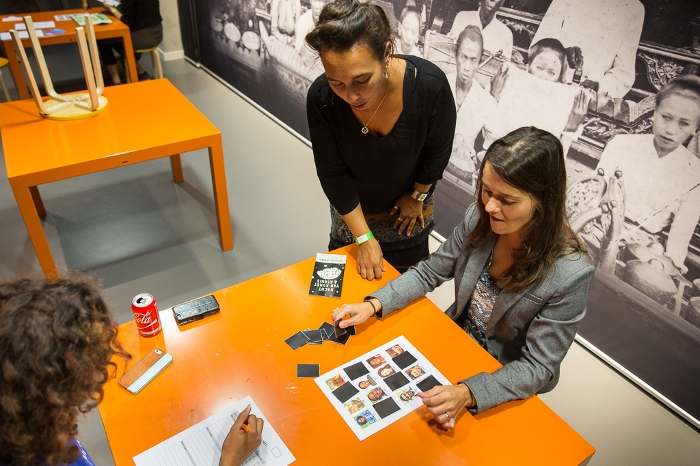
Who am I?
In the National Museum of Ethnicity visitors were part of the research carried out by educational psychologist Judi Mesman. They played the classic game of 'Who am I?' They were given an A4 showing photos of faces. The instructor mentally chose one of the photos and the visitor had to guess which of the people on the A4 it was, in as few questions as possible. And they had to do it three times. The idea was to find out what strategies people use at what age.
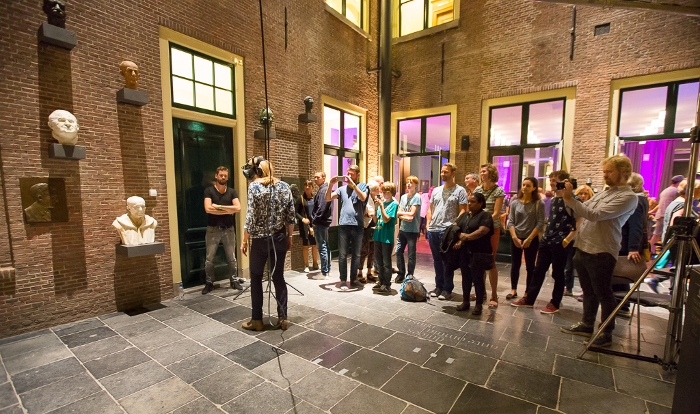
Virtual reality
People find virtual reality intriguing, you could see that from the long queues outside the Academy Building where students of Virtual Reality for Science & Education were letting visitors see the world through the eyes of a chameleon. It seemed very real; you could see people wearing virtual reality headsets making their way through a crowd of people who weren't actually there. The technology is likely to have a multifunctional future across many different social fields. For example, in education, training and the world of gaming.
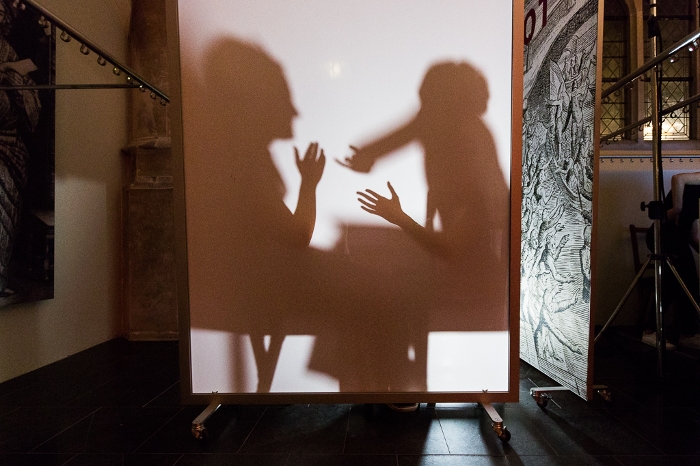
Dating with electrodes stuck to your skin
Visitors to the Academy Building also had the opportunity to find out how emotional responses can be read on the body. Leiden psychologists gave Cupid a helping hand with their dating experiment. Enthusiastic and slightly nervous students and other visitors signed up for the experiment. Pairs of participants, with electrodes stuck to their skin, got to know one another in a closed room. The electrodes recorded their physiological responses. The experiment was part of research on the question of how physiological responses influence social decisions. PhD candidate Friederieke Behrens declared the experiment a great success: at least three of the nine couples exchanged phone numbers after the experiment, and others went off to enjoy the rest of the programme together.
Fruit flies and sex
The new couples could make their way straight to the fairy-like atmosphere of the Hortus botanicus, where artistists collective Het Blauwe Uur projected unusual light effects on the trees and shrubs. Rappers were singing by the water, while guides led the visitors past night animals and flesh-eating plants. In the Orangery scientists and students talked about their research, ranging from such subjects as how imaging techniques can illuminate malignant cells, to how fruit flies are able to mate in spite of their asymmetrical sex organs.
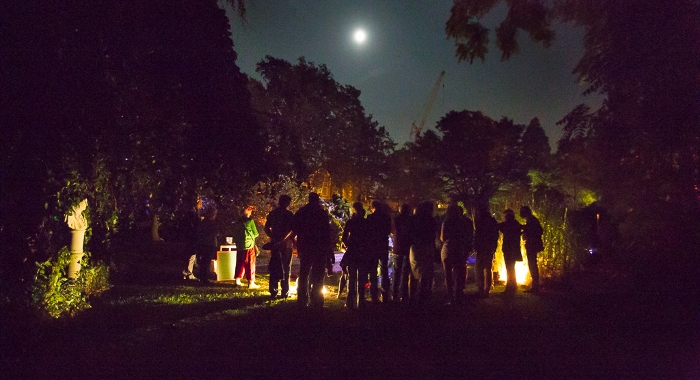
Mummies in the RMO
Boats with a singer or poet on board ferried visitors between the different locations. To the National Museum of Antiquities, for example, where visitors could wander among the mummies, or hear about the kind of research being done on recently mummified corpses. Archaeologist Hayley Mickleburgh told a crowded hall about her research on how corpses deecompose. She conducts her research at a so-called body farm in Texas, where some of the bodies are left in the open air to decompose. Isn't that scary? asked presenter and public as one. Mickleburgh's response was very down-to-earth and she explained how important such work is. It gives us much greater insight into the burial rituals of ancient cultures.
